
The crawlspace is one of the most confusing and misunderstood areas of a house. Typically, it is the dirtiest, dampest, and smelliest space in the home, too. If not treated properly, a crawlspace can negatively impact the building’s structure, occupant health and comfort, and energy consumption.
In many parts of the country, during the spring, summer, and fall months, warm, moist air enters a vented crawlspace from outside and condenses on the cooler surfaces of the walls, floor, and ductwork. This, coupled with the moisture from the dirt floor and water leaking through imperfections in the foundation walls, has led to an epidemic of sick houses.
Moisture in crawlspaces often migrates to the home’s upper levels through stack effect. As warm, moist air rises and escapes through the home’s upper levels, new air finds its way into the home to replace what’s been lost. Intake air comes in at the lower levels—through unsealed crawlspaces. As a result, moisture levels can quickly elevate.
Once above 60% relative humidity (RH), the crawlspace will attract more pests and grow mold, mildew, bacteria, and other biological allergens, leading to musty odors and even foundation structural issues. It is important to remember that polluted air in the crawlspace will make its way into the rest of the home, contributing to poor indoor air quality, and causing uncomfortably high humidity levels.
Reasons to encapsulate a crawlspace
A home with a vented or unsealed crawlspace is limited in its ability to separate the indoor conditioned space from the outdoor environment because it is open to the outdoors. Building experts agree that homeowners should invest in encapsulated systems in both new and existing homes—particularly in hot-humid climates—to ensure a healthy residence and sound structure.
1. Health and comfort
High humidity in homes has…
Weekly Newsletter
Get building science and energy efficiency advice, plus special offers, in your inbox.

This article is only available to GBA Prime Members
Sign up for a free trial and get instant access to this article as well as GBA’s complete library of premium articles and construction details.
Start Free TrialAlready a member? Log in

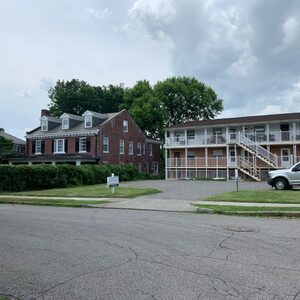
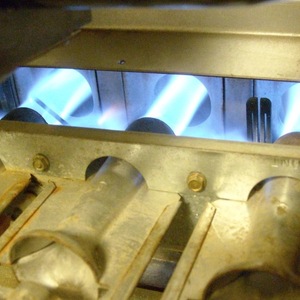

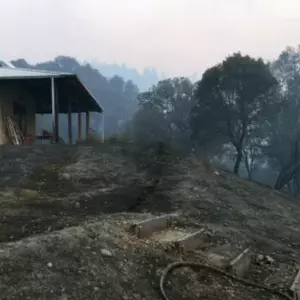
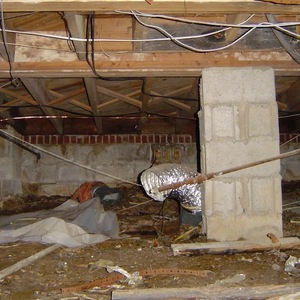

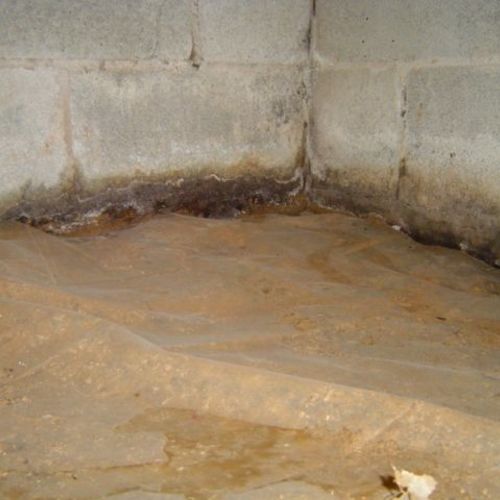
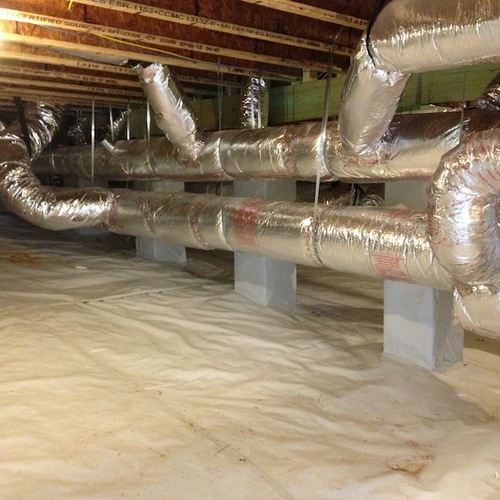






8 Comments
Another advantage of using dehumidification as a strategy is that it is the only one of the mechanical options that will operate intermittently as necessary.
I think the system that uses the crawl space as a sealed underfloor plenum participating in conditioned air distribution deserves a renewed look. Perhaps not practical for a retrofit, its use in new construction has been used and tested since the 1970's. I suspect it all but disappeared because air-tight construction was an exceptional construction method 40 years ago and was dismissed as too expensive and unnecessary at that time.
Architecture Professor emeritus Larry Degelman P.E. of Texas A & M published a 14 page paper summarizing the test result of a house built with this method in 1980. Sorry I am unable to supply a direct link, but copy and paste this link:
https://www.google.com/search?q=About+https://www.researchgate.net/profile/Larry_Degelman/project/Energy-performance-records-of-the-underfloor-air-plenum-in-a-residence/attachment/579fad0c08ae4c2f64cb169e/AS:390367682809857@1470082316760/download/PlenumPerformance2016.pdf?context%3DProjectUpdatesLog&tbm=ilp&ilps=ADNMCi0JoFFbU1MtuRzPG9FjSYjnFW125g&ved=0CAMQv5AHahcKEwjI8ZbSk434AhUAAAAAHQAAAAAQAg&biw=1600&bih=841&dpr=1.2/PlenumPerformance2016.pdf?context=ProjectUpdatesLog
then hit at the top of the page—
https://www.researchgate.net › profile › Larry_Degelman › project › attachment › download › PlenumPerformance2016
PDF
Title of paper
Scott,
Over the years as codes and practices have changed, the crawlspaces I've built have become much closer in nature to living spaces above. But they are still next to impossible to clean properly, and have materials and sealants that wouldn't be left exposed in finished rooms. Although I've done it, I'm not convinced it makes sense to connect crawlspace air with that in the rest of the house.
Yes I can see where air quality would be an issue, though with complete sealing of the space and attention to details it could become an issue similar to that of keeping the ducts and filters clean. There would seem to be some advantages to using the space for air distribution if not only just for a temperate place to put the ducts if not as a plenum itself, since the consensus seems to be moving toward air tight crawl spaces anyway. Maybe put the head height more like 30"+ rather than the minimum 18". I think we all have lingering memories or working face to the ground in hideous crawl spaces, but it doesn't have to be that way. With growing concerns of the proper treatment of crawl spaces this would seem to be the next step to explore.
We just completed a passive house retrofit on a post and beam house with an open crawlspace. We used Mento as an air-tight, vapor open membrane on the ceiling of the crawlspace. The house is on an incline and the crawl space ranges in size from 8' to nothing. The thinking is that this membrane will prevent condensation due to convection. Since the crawl space has no walls, moisture should dry. I am wondering if others have thoughts on this. (Sorry I don't have great pictures of the crawlspace but you can get an idea from this.)
Daniel,
If the area under the house is open, then it's more akin to a house on piers than a crawlspace. Is the variable-perm membrane exposed or covered? How did you achieve passive house levels of insulation in the floor? The usual advice is to provide a fairly vapour-open surface like plywood to protect the insulation from mechanical damage and pests. Above that a layer of foam board can also help with thermal bridging of the floor joists and make the floor warmer.
https://www.greenbuildingadvisor.com/article/the-best-way-to-insulate-a-floor
We actually have not achieved PH levels of insulation in the floor. We have dense packed cellulose in cavities created by 2x6 joists. The variable perm membrane is covered with stainless steel mesh to protect from damage. We have the option, as you suggest, of putting an addition layer of rigid foam below this to help with thermal bridging - but it there would be only space for this in 50% of the house. This is a retrofit and the conditions are not perfect. My hope is that is being a "house on piers" we do not encounter moisture issues.
Daniel,
Your assembly sounds fine. These exposed floors are always difficult to work on. The most important task is air-sealing, and it sounds like you have done a diligent job. As you say - you have the option of adding foam should the floor still feel cold. Nothing you have done so far would make that risky from a moisture management perspective.
Log in or become a member to post a comment.
Sign up Log in